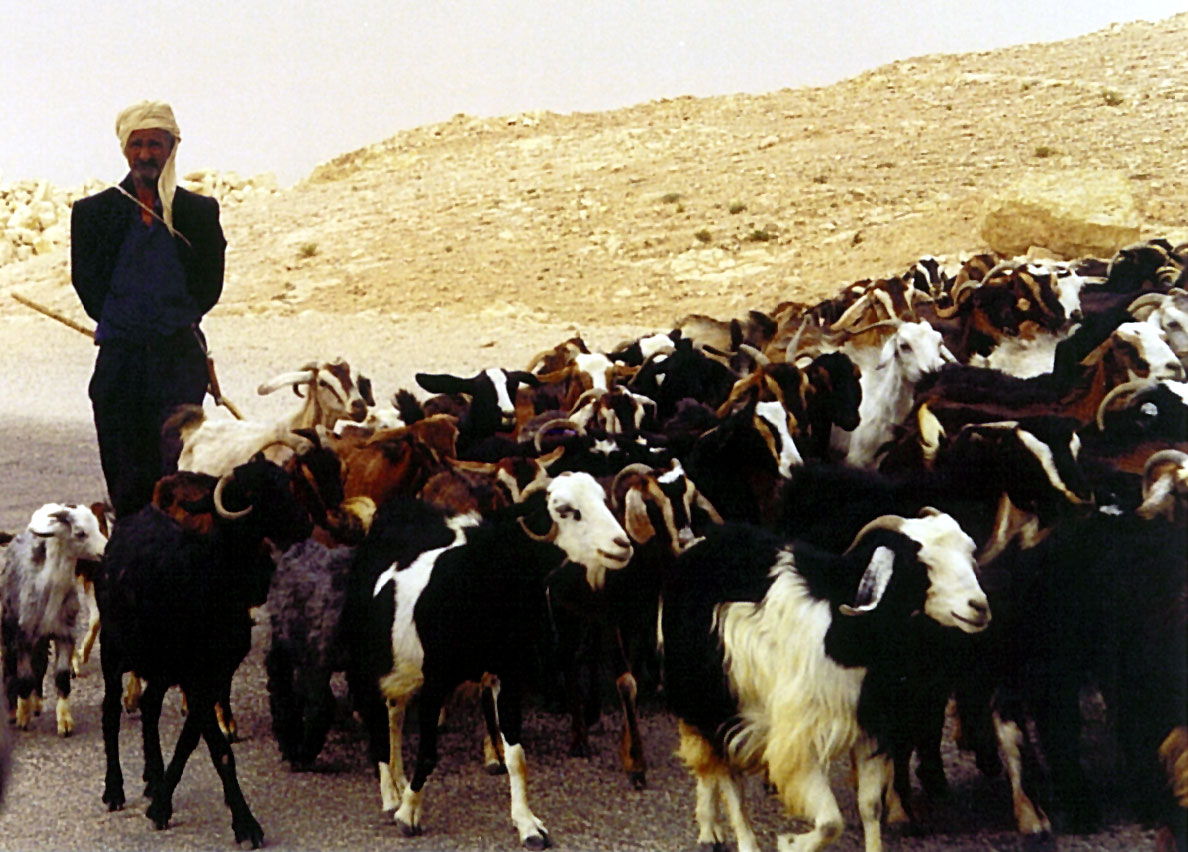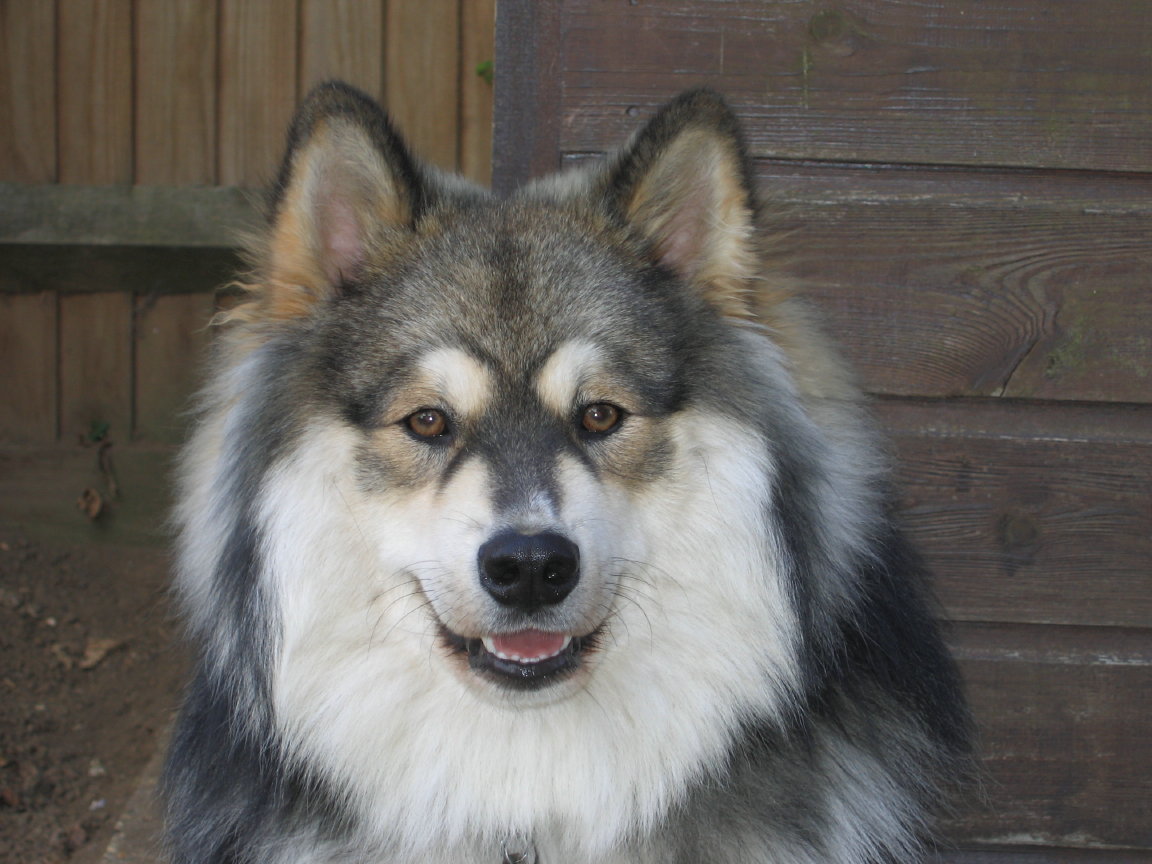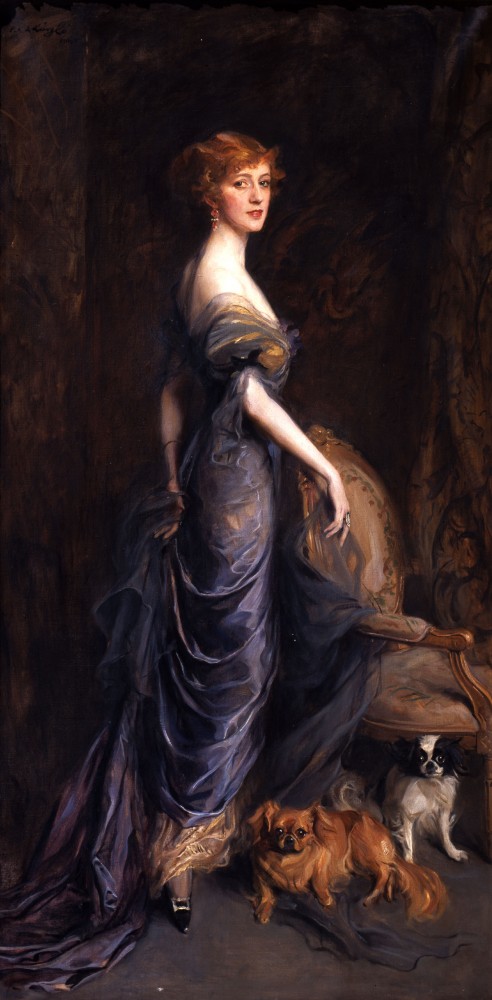|
Lapponian Herder
The Lapponian Herder (Lapinporokoira or Lapp Reindeer Dog or Lapsk Vallhund) is a breed of dog from Finland, one of three Lapphund breeds developed from a type of dog used by the Sami people for herding and guarding their reindeer. Appearance The Lapinporokoira is a medium-sized dog, with medium length fur in a double coat. Ears are pricked (standing up; drop ears are a disqualifying fault.) Colour is generally black or dark grey or brown, and occasionally red brown, with a lighter shade on the head and lower parts of the body, often with white markings. Medium in build, height should be 51 cm (20 in) at the withers for males, 46 cm (18 in) for females. Males and females should look distinctly different. Weight is between , males usually heavier than females. Temperament The breed standard states that the dog should be calm, friendly, and docile, but also energetic. Most herding breeds need to be given regular exercise. The temperament of individual dogs may vary ... [...More Info...] [...Related Items...] OR: [Wikipedia] [Google] [Baidu] |
Finland
Finland ( fi, Suomi ; sv, Finland ), officially the Republic of Finland (; ), is a Nordic country in Northern Europe. It shares land borders with Sweden to the northwest, Norway to the north, and Russia to the east, with the Gulf of Bothnia to the west and the Gulf of Finland across Estonia to the south. Finland covers an area of with a population of 5.6 million. Helsinki is the capital and largest city, forming a larger metropolitan area with the neighbouring cities of Espoo, Kauniainen, and Vantaa. The vast majority of the population are ethnic Finns. Finnish, alongside Swedish, are the official languages. Swedish is the native language of 5.2% of the population. Finland's climate varies from humid continental in the south to the boreal in the north. The land cover is primarily a boreal forest biome, with more than 180,000 recorded lakes. Finland was first inhabited around 9000 BC after the Last Glacial Period. The Stone Age introduced several differ ... [...More Info...] [...Related Items...] OR: [Wikipedia] [Google] [Baidu] |
Herding
Herding is the act of bringing individual animals together into a group (herd), maintaining the group, and moving the group from place to place—or any combination of those. Herding can refer either to the process of animals forming herds in the wild, or to human intervention forming herds for some purpose. While the layperson uses the term "herding" to describe this human intervention, most individuals involved in the process term it mustering, "working stock", or droving. Some animals instinctively gather together as a herd. A group of animals fleeing a predator will demonstrate herd behavior for protection; while some predators, such as wolves and dogs have instinctive herding abilities derived from primitive hunting instincts. Instincts in herding dogs and trainability can be measured at noncompetitive herding tests. Dogs exhibiting basic herding instincts can be trained to aid in herding and to compete in herding and stock dog trials. Sperm whales have also been observe ... [...More Info...] [...Related Items...] OR: [Wikipedia] [Google] [Baidu] |
Herding Dog
A herding dog, also known as a stock dog, shepherd dog, sheep dog or working dog, is a type of dog that either has been trained in herding or belongs to breeds that are developed for herding. Herding behavior All herding behavior is modified predatory behavior. Through selective breeding, humans have been able to minimize the dog's natural inclination to treat cattle and sheep as prey while simultaneously maintaining the dog's hunting skills, thereby creating an effective herding dog. Dogs can work other animals in a variety of ways. Some breeds, such as the Australian Cattle Dog, typically nip at the heels of animals (for this reason they are called ''heelers'') and the Cardigan and Pembroke Welsh Corgis were historically used in a similar fashion in the cattle droves that moved cattle from Wales to the Smithfield Meat Market in London but are rarely used for herding today. Other breeds, notably the Border Collie, get in front of the animals and use what is called ... [...More Info...] [...Related Items...] OR: [Wikipedia] [Google] [Baidu] |
United Kennel Club
The United Kennel Club (UKC) is a kennel club founded in 1898 in the United States. In contrast with the American Kennel Club, which is non-profit and which only clubs can join, the United Kennel Club is a profit-making corporation, open to individuals. History UKC was founded by Chauncey Z. Bennett, on February 10, 1898, after feeling that other dog registries in existence at the time catered too much to Conformation-only show dog owners or wealthy hobbyists, whom he called “the big city idle rich.”''UKC Centennial Book, The First 100 Years'', copyright 1997, UKC Bennett’s goal for UKC was to be a registry that recognized a wide range of breeds, as opposed to some of the working dog registries, which only recognized a handful of breeds. He envisioned UKC-registered dogs occupying a wide range of uses, from working, to companionship, to hunting. Bennett found a niche among the owners of working dogs, such as herding and hunting dogs. The first dog registered with UKC was a ... [...More Info...] [...Related Items...] OR: [Wikipedia] [Google] [Baidu] |
Open Stud Book
A breed registry, also known as a herdbook, studbook or register, in animal husbandry and the hobby of animal fancy, is an official list of animals within a specific breed whose parents are known. Animals are usually registered by their breeders while they are young. The terms studbook and register are also used to refer to lists of male animals "standing at stud", that is, those animals actively breeding, as opposed to every known specimen of that breed. Such registries usually issue certificates for each recorded animal, called a pedigree, pedigreed animal documentation, or most commonly, an animal's "papers". Registration papers may consist of a simple certificate or a listing of ancestors in the animal's background, sometimes with a chart showing the lineage. Types of registries There are breed registries and breed clubs for several species of animal, such as dogs, horses, cows and cats. The US ''Association of Zoos and Aquariums'' (AZA) also maintains stud books for capti ... [...More Info...] [...Related Items...] OR: [Wikipedia] [Google] [Baidu] |
Fédération Cynologique Internationale
The Fédération cynologique internationale (FCI) (English: International Canine Federation) is the largest international federation of national kennel clubs. It is based in Thuin, Belgium. History The FCI was founded in 1911 under the auspices of the kennel clubs of Austria, Belgium, France, Germany and the Netherlands, its objective was to bring global uniformity to the breeding, exhibiting and judging of pure-bred dogs. It was disbanded in World War I and recreated in 1921 by Belgium and France. Since its foundation the FCI's membership has grown to include kennel clubs from across Europe as well as Africa, the Americas, Asia and Oceania. The official purebred registries in North America that are not members or contract partners of FCI include the American Kennel Club (AKC), Canadian Kennel Club (CKC) and United Kennel Club (UKC), and in Europe, The Kennel Club (TKC). According to AKC's Denise Flaim, crafting a workable standard is a challenge, and the "FCI standards typica ... [...More Info...] [...Related Items...] OR: [Wikipedia] [Google] [Baidu] |
Finnish Lapphund
The Finnish Lapphund (or Finnish Lapponian Dog) – fi, Suomen Lapinkoira– is a hardy, easy going, medium-size dog breed, breed of Spitz type. Traditionally it has been used for herding reindeer. Although it is one of the most popular dog breeds in its native country, Finland, it is not very numerous outside of the Nordic countries. Lineage The breed falls under the mitochondrial DNA sub-clade referred to as d1 that is only found in northern Scandinavia. It is the result of a female wolf-male dog hybridization that occurred post-domestication. Subclade d1 originated 480–3,000 years ago and is found in all Sami people, Sami-related breeds: Finnish Lapphund, Swedish Lapphund, Lapponian Herder, Jamthund, Norwegian Elkhound and Hällefors Elkhound. The maternal wolf sequence that contributed to these breeds has not been matched across Eurasia and its branch on the phylogenetic tree is rooted in the same sequence as the 33,000 year-old Paleolithic dog#Altai dog – 33,000 B ... [...More Info...] [...Related Items...] OR: [Wikipedia] [Google] [Baidu] |
World War II
World War II or the Second World War, often abbreviated as WWII or WW2, was a world war that lasted from 1939 to 1945. It involved the vast majority of the world's countries—including all of the great powers—forming two opposing military alliances: the Allies and the Axis powers. World War II was a total war that directly involved more than 100 million personnel from more than 30 countries. The major participants in the war threw their entire economic, industrial, and scientific capabilities behind the war effort, blurring the distinction between civilian and military resources. Aircraft played a major role in the conflict, enabling the strategic bombing of population centres and deploying the only two nuclear weapons ever used in war. World War II was by far the deadliest conflict in human history; it resulted in 70 to 85 million fatalities, mostly among civilians. Tens of millions died due to genocides (including the Holocaust), starvation, massa ... [...More Info...] [...Related Items...] OR: [Wikipedia] [Google] [Baidu] |
Animal Fancy
Animal fancy is a hobby involving the appreciation, promotion, or breeding of pet or domestic animals. Fancy may include ownership, showing, animal sports and other competitions, and breeding. Hobbyists may simply collect specimens of the animal in appropriate enclosures (vivaria), such as an aquarium, terrarium, or aviary. Some fanciers keep hobby farms, or menageries (private zoos). There are many animal fancy clubs and associations in the world, which cater to everything from pigeons to Irish Wolfhounds. Fanciers and fancierdom may collectively be referred to as ''the fancy'' for that kind of animal, e.g. the cat fancy. Animal fancy includes the keeping of animals considered exotic pets; a rapidly growing example is herpetoculture, the keeping of reptiles and amphibians. Organizations Some examples of international animal fancy organizations are: * Avicultural Society, an organization for the keeping and breeding of all types of birds other than domesticated varieties, ... [...More Info...] [...Related Items...] OR: [Wikipedia] [Google] [Baidu] |
Herding Dog
A herding dog, also known as a stock dog, shepherd dog, sheep dog or working dog, is a type of dog that either has been trained in herding or belongs to breeds that are developed for herding. Herding behavior All herding behavior is modified predatory behavior. Through selective breeding, humans have been able to minimize the dog's natural inclination to treat cattle and sheep as prey while simultaneously maintaining the dog's hunting skills, thereby creating an effective herding dog. Dogs can work other animals in a variety of ways. Some breeds, such as the Australian Cattle Dog, typically nip at the heels of animals (for this reason they are called ''heelers'') and the Cardigan and Pembroke Welsh Corgis were historically used in a similar fashion in the cattle droves that moved cattle from Wales to the Smithfield Meat Market in London but are rarely used for herding today. Other breeds, notably the Border Collie, get in front of the animals and use what is called ... [...More Info...] [...Related Items...] OR: [Wikipedia] [Google] [Baidu] |
Landrace
A landrace is a domesticated, locally adapted, often traditional variety of a species of animal or plant that has developed over time, through adaptation to its natural and cultural environment of agriculture and pastoralism, and due to isolation from other populations of the species. Landraces are distinct from cultivars and from standard breeds. A significant proportion of farmers around the world grow landrace crops., and most plant landraces are associated with traditional agricultural systems. Landraces of many crops have probably been grown for millennia. Increasing reliance upon modern plant cultivars that are bred to be uniform has led to a reduction in biodiversity, because most of the genetic diversity of domesticated plant species lies in landraces and other traditionally used varieties. Some farmers using scientifically improved varieties also continue to raise landraces for agronomic reasons that include: better adaptation to the local environment, lower fertilizer r ... [...More Info...] [...Related Items...] OR: [Wikipedia] [Google] [Baidu] |
Dog Type
Dog types are broad categories of domestic dogs based on form, function, or style of work, lineage, or appearance. Some may be locally adapted dog types (or '' landraces'') that may have the visual characteristics of a modern purebred dog. In contrast, modern '' dog breeds'' strictly adhere to long-established breed standards, that began with documented foundation breeding stock sharing a common set of inheritable characteristics, developed by long-established, reputable kennel clubs that recognize the dog as a purebred. A "dog type" can be referred to broadly, as in gun dog, or more specifically, as in spaniel. Dogs raised and trained for a specific working ability rather than appearance may not closely resemble other dogs doing the same work, or any of the dogs of the analogous breed group of purebred dogs. Names in English The earliest books in the English language to mention numbers of dog types are from the "Cynegetica" (hunting literature), namely, ''The Art of Vener ... [...More Info...] [...Related Items...] OR: [Wikipedia] [Google] [Baidu] |








